Easy DIY Prep Area (Plus Free Download: Family Emergency Guide Book)

by
Cassondra
(IC: blogger)
3 Materials
$300
4 Hours
Easy
Everyone should have emergency supplies. With all the craziness that has been going on around the world today with the hurricanes, earthquake and fires, I wanted to write a quick post about prepping. While admittedly I would be one of the many people who are mostly unprepared, I have finally began to take some steps in protecting my family if disaster does strike.
I created a small space in my basement where we can store water, canned food and other necessary items. To do this, I first found some small shelving. Next, I researched water storage and while I was tempted just to fill up whatever canisters I could find, I actually opted for the “Waterbrick” system. These are stack-able water storage containers that don’t take up a lot of space and are not too heavy to be portable. Each brick holds 3.5 gallons of water. My set came with 8 bricks, so we instantly have 28 gallons stocked. (The company makes food storage bricks as well.)
Next, I added all of my extra dry food and canned food items to the shelves. (Finally I have a place to put my pickle stash!) I also bought a giant can of peanut butter and plan on buying some more filling, high protein items. I added some matches, blankets, flashlights, rope, a can opener and other tools to the mix. Admittedly, I still have much to add, but it is a start.
Here is what is recommended for people to have ready: (from https://www.fema.gov/media-library/assets/documents/90354)
- Water – one gallon of water per person per day for at least three days, for drinking and sanitation
- Food – at least a three-day supply of non-perishable food
- Battery-powered or hand crank radio and a NOAA Weather Radio with tone alert
- Flashlight
- First aid kit
- Extra batteries
- Whistle to signal for help
- Dust mask to help filter contaminated air and plastic sheeting and duct tape to shelter-in-place
- Moist towelettes, garbage bags and plastic ties for personal sanitation
- Wrench or pliers to turn off utilities
- Manual can opener for food
- Local maps
- Cell phone with chargers and a backup battery
- Prescription medications
- Non-prescription medications such as pain relievers, anti-diarrhea medication, antacids or laxatives
- Glasses and contact lens solution
- Infant formula, bottles, diapers, wipes, diaper rash cream
- Pet food and extra water for your pet
- Cash or traveler’s checks
- Important family documents such as copies of insurance policies, identification and bank account records saved electronically or in a waterproof, portable container
- Sleeping bag or warm blanket for each person
- Complete change of clothing appropriate for your climate and sturdy shoes
- Household chlorine bleach and medicine dropper to disinfect water
- Fire extinguisher
- Matches in a waterproof container
- Feminine supplies and personal hygiene items
- Mess kits, paper cups, plates, paper towels and plastic utensils
- Paper and pencil
- Books, games, puzzles or other activities for children
It is also a good idea to have an element-proof box for important documents and a plan in place if something happens and you get separated. It may also be smart to keep food water and emergency supplies in your car as well. Also, a knife, tools and perhaps a weapon may be needed.
As a finishing touch for our emergency area, I created a quick Emergency Guide printout for our family. It has everyone’s phone numbers, meeting places and pictures of everyone (including pets) within the book. This could be helpful if someone gets lost. It isn’t very pretty at the moment, but you are welcome to download and fill out your own guide, just in case. I would also laminate it and bind it so it is protected from the elements a little better.
It’s a crazy world out there. I am thinking and praying for the people in Florida and around the country going through these disasters. Please be safe.
This Post may contain affiliate links. Please see our disclosure for details.
Fill Waterbricks and arrange them so they fit in to your space.
Add shelving in a place that works for you. Mine was placed length wise with a room separator hiding the entire area.
Add supplies
Don't forget dry foods, peanut butter, canned foods, trash bags, batteries and matches! Also, pet food is good to keep on hand as well.
Enjoyed the project?
Suggested materials:
- Shelving (amazon)
- Waterbricks (amazon)
- Canned food (grocery store)

Want more details about this and other DIY projects? Check out my blog post!
Published September 9th, 2017 11:23 PM



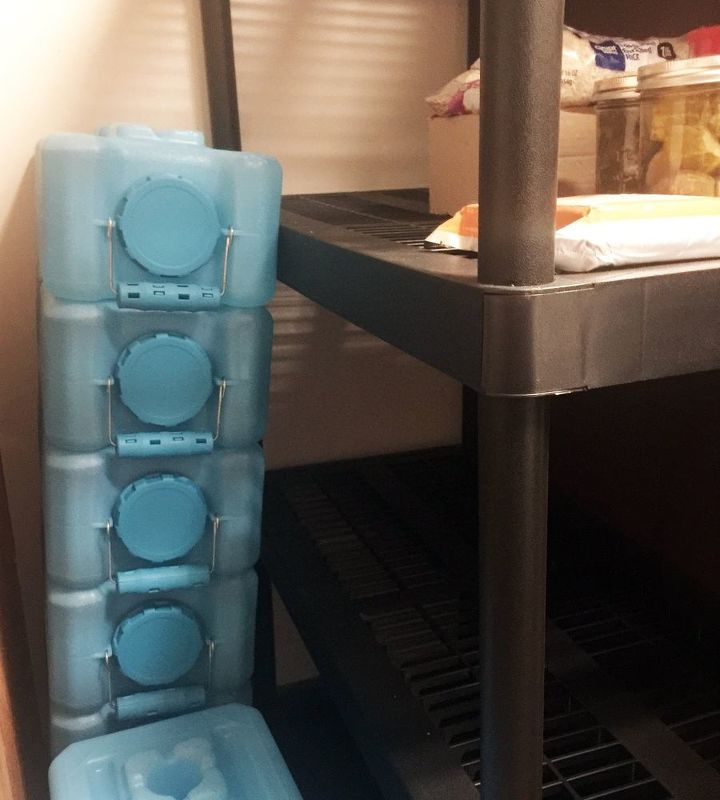



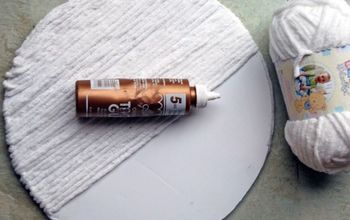
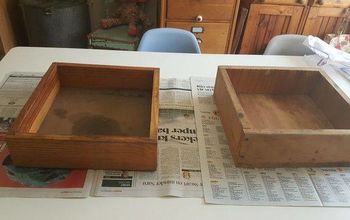






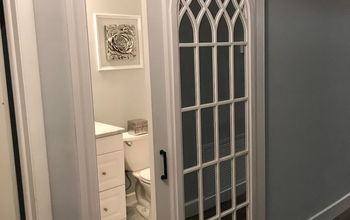








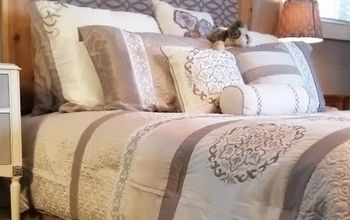
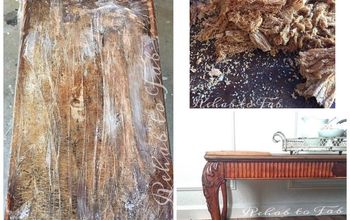
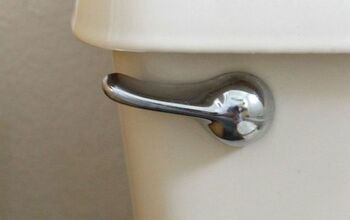



Frequently asked questions
Have a question about this project?